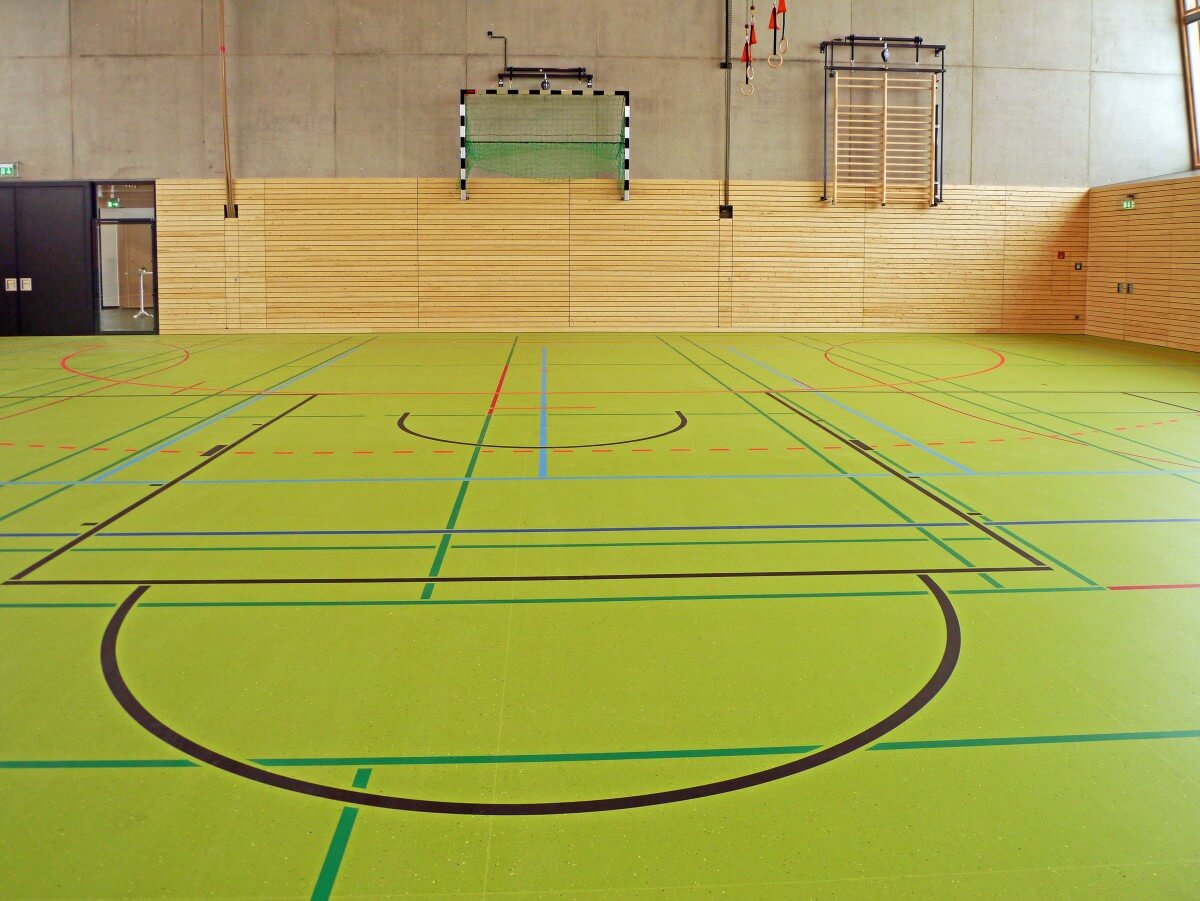
Toasting the new year offers physical education teachers the chance to rethink, reframe, and reteach. Thinking back over the last six months, have your classes been meaningful? Are your students learning? Did students’ faces light up like lightbulbs when they suddenly “got it?” That spark is part of the magic of teaching and learning.
Thoughtful physical education teachers strive for movement literacy, which requires student thinking, moving, and feeling. The acquisition of motor skills, physical fitness, core knowledge, personal and social development, and joy results from concise teacher language and communication (both verbal and nonverbal). Strauss & Feiz (2014) write that “Discourse is the social and cognitive process of putting the world into words, of transforming our perceptions, experiences, emotions, understandings, and desires into a common medium …” (p.1). The words teachers select, the images they create, and the frames students and teachers construct, matter in the classroom. Our words create our world, and as teachers, they create our student’s learning environment.

Language Matters
When we as educators reflect on past, present, and future pedagogical decisions we give students the best opportunity to learn. When we consciously question what works, and struggle with what does not work, we become empowered. This paper discusses the linguistic building blocks and strategies teachers can use to improve student learning. The authors hope our ideas entice teachers to return to the basics. Not movement, but that which precedes movement; language, words, and figurative language like metaphors and similes (she’s a cheetah on the basepath or he’s agile as a deer). Here we focus on metaphors – ways to describe or express one thing in terms of another. Locke (1974) likened the role of teaching physical education to a circus ringmaster: “Surrounded by the flow of activity the ringmaster monitors, controls, and orchestrates, accelerating some acts, terminating others, alternating and adjusting progress through the program, always with an eye on the total result” (p. 7).
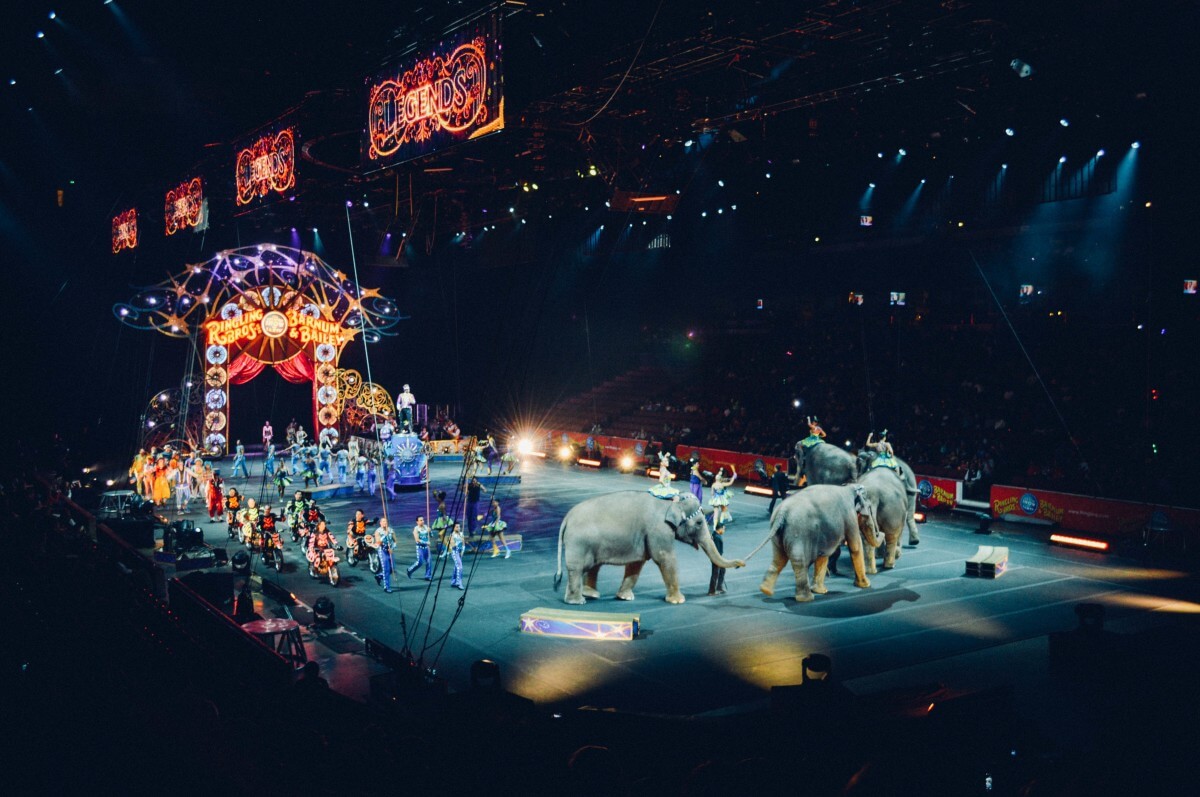
As Locke suggests, teaching can be complicated. This is especially true for today’s teachers who are provided with limited resources and support, large class sizes, student diversity, and unexpected retreats to virtual learning. Teachers can feel disconnected in today’s educational climate while students may struggle to find relevance in the gymnasium (Ruffolo, 2021). Forward-thinking teachers realize that college degrees and state certification, even years of experience, are only initial steps to become masterful. Using metaphor in planning and in the classroom puts another tool into a teacher’s belt.
Metaphorical Language
Metaphors were traditionally considered a flowery language, adding only spice and description while lacking substance. However, decades of scholarship have proven that juxtaposition of thoughts and words are a staple of human cognition (Dancygier & Sweetser, 2014, Lakoff & Johnson, 1980). Conceptual metaphor theory (and the cognitive sciences more broadly) helps illustrate a clearer picture of how humans think – how information from the senses is processed and what the brain (and body) does with that data (Lakoff & Johnson, 1999).
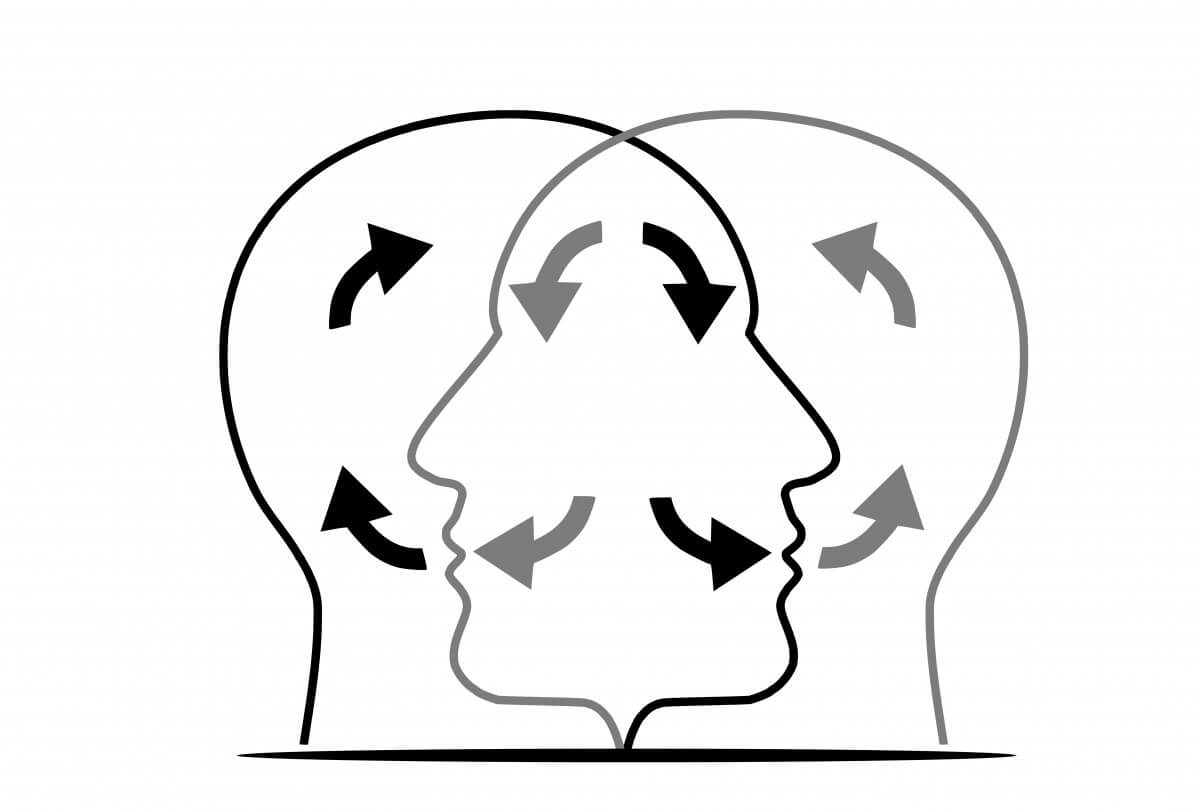
This type of research offers a glance into the black box of our own minds. And while only a glance, this deeper understanding of how and why people see things as they do offers an invaluable mechanism for shaping cognition. An example can be made of “see” in the previous sentence. The word see is a metaphor – understanding cannot be seen! However, understanding is often figuratively represented as sight (e.g., I see what you mean, we see eye to eye, I don’t see your point) where the ability to observe something visually is used to metaphorically mean it is understood (and lack of understanding is an inability to see).
Lakoff and Johnson’s (1980) seminal work invites teachers to understand how they think by examining the language they use. Vitally, they specify that many conceptual metaphors are ubiquitous across languages and cultures – representing not only personal thinking but insight into common understandings (e.g., competition is like war, completing school is like a journey). Thus, patterns of thinking, beliefs, and behaviors can be uncovered and scrutinized through reflection.
Physical Education Studies
Physical education studies have examined the use of metaphors with preservice and in-service teachers (Bibik, 1999, Petiot & Saury, 2019; Stylianou, Hodges Kulinna, Cothran, & Kwon, 2013) to enhance reflectiveness, effective teaching, student learning, and curricular decisions. Evidence suggests that teacher cognition, values, and beliefs have been aided by metaphorical thinking. Carlson (2001) found that eighteen months after creating metaphors of teaching some preservice teachers came to cherish the metaphors they had created, stating that the activity “helped deepen their understanding of why and how they teach” (p. 51).

Coaches too have been encouraged to enlist metaphors (Gassner, 1999) to enhance physical performance in a variety of competitive sports. Chen (2003) created a sophisticated and practical classification system for framing metaphors about teaching. His schema included teaching metaphors using art, business, science, power, and personal-dynamics-oriented metaphors. Chen’s ideas are a starting point for teachers to find their own metaphors based on context and personal experience. By examining common teaching metaphors, researchers have come to understand some standard conceptualizations of teachers, for example, teachers as directors or guides. However, teachers need not wait for research articles to classify teaching or elucidate metaphors. With reflection, they can create their own. In fact, physical educators have been using metaphorical language for decades through learning cues to improve motor skills – swing the racket level, keep your eye on the ball, swing, and spring when jumping. These common phrases all employ metaphorical language to illustrate a concept more clearly than a simple explanation.
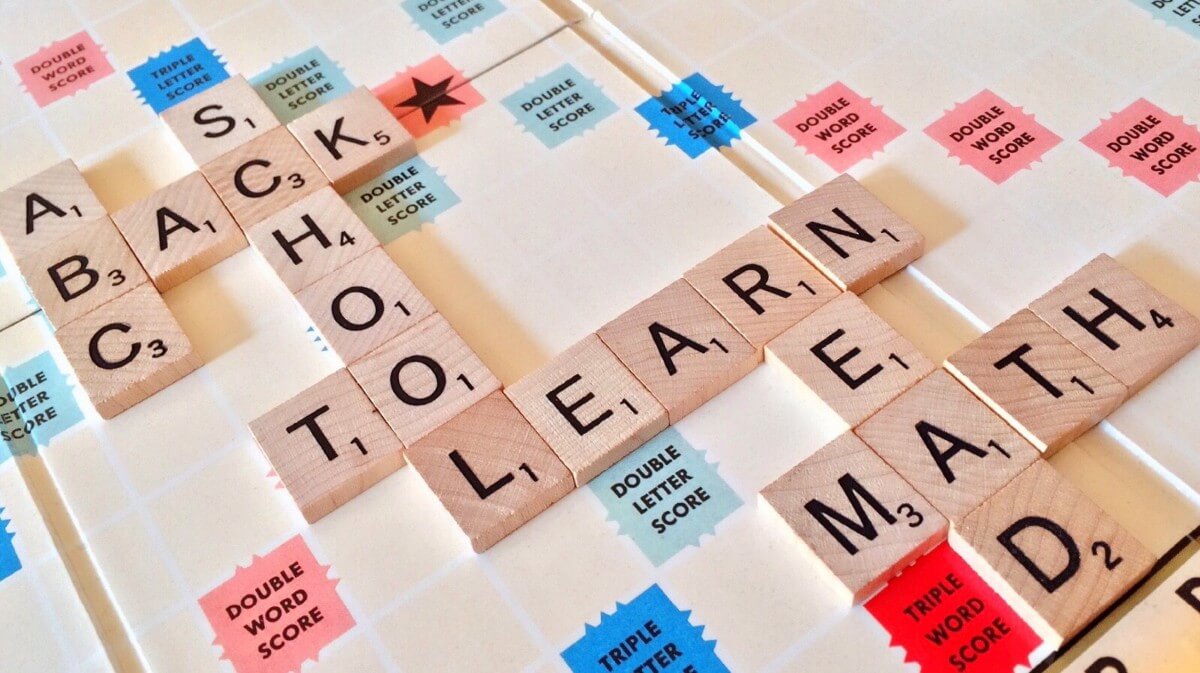
Although teachers reflect on outcomes for learning, tasks, drills, learning cues, and assessments, what might result if teacher cognition included prearranged words, emotions, experiences, concepts, and metaphors? Would it be plausible for teachers to add language tools to a lesson plan, depending upon the learners and the content taught?
Practical Language Applications
We suggest that teachers enlist metaphors to help organize their own thinking and to help students understand concepts more clearly. Following Carlson’s (2001) model, reflection through metaphor could be as simple as answering and fleshing out the following sentences:
- Teaching is like . . . because . . .
- A teacher is like . . . because . . .
With serious consideration, the metaphors created from these prompts can offer insight into unconscious drives and motivations.

Secondly, we suggest that teachers experiment by setting three metaphors for each lesson; doing so should offer insight into a teacher’s own thinking on movement and concepts. Furthermore, this prepares teachers to think and explain concepts in different ways to students. For example, a lesson focused on dribbling a soccer ball might frame these thoughts for students:
- Dribbling is like passing the ball to yourself, over and over.
- Allow your feet to think about soft touches.
- Push the ball through the crowded street without touching anyone or anything.

Finally, metaphors can be used to help teachers better understand their students and the environment of the class – taking the classes’ temperature, as it were. Sofi & Yoncalik (2015) examined the metaphors of 6th, 7th, and 8th-grade physical education students from Turkey who completed the sentence “Physical Education is like(a/an)…because…” This study produced 200 different metaphors categorized into 30 conceptual categories to include physical education is like: a doctor because it helps us to have a healthy body; a jigsaw puzzle because we like it more as we do it; torture because it is extremely boring.
What if students in your classes created metaphors during the middle or end of class? This could be a quick assessment or check for understanding, even a time to share thoughts with classmates. Most importantly, it offers an opportunity for students to reflect on their movements and create individual metaphors that work for them.
Rethink, Reframe & Reteach
A new year provides teachers with an opportunity to verbalize and record their resolutions, professional goals, and intentions. We live in unprecedented times that require creative and mindful teachers who can rethink, reframe, and reteach. Let’s be students of our own language to better understand ourselves as teachers, and plan for change. If teacher and student language matters, it’s reasonable to expect that clearer, more thoughtful, language will illuminate teaching in physical education classes and gymnasiums. Be forewarned that metaphorical rethinking, reframing, and reteaching are not a quick fix for poorly designed curricula or lackluster pedagogy. However, these ideas may help you start off the year with something new, something to add a bit of spice and rekindle both the spark in students and the spark in your own teaching.
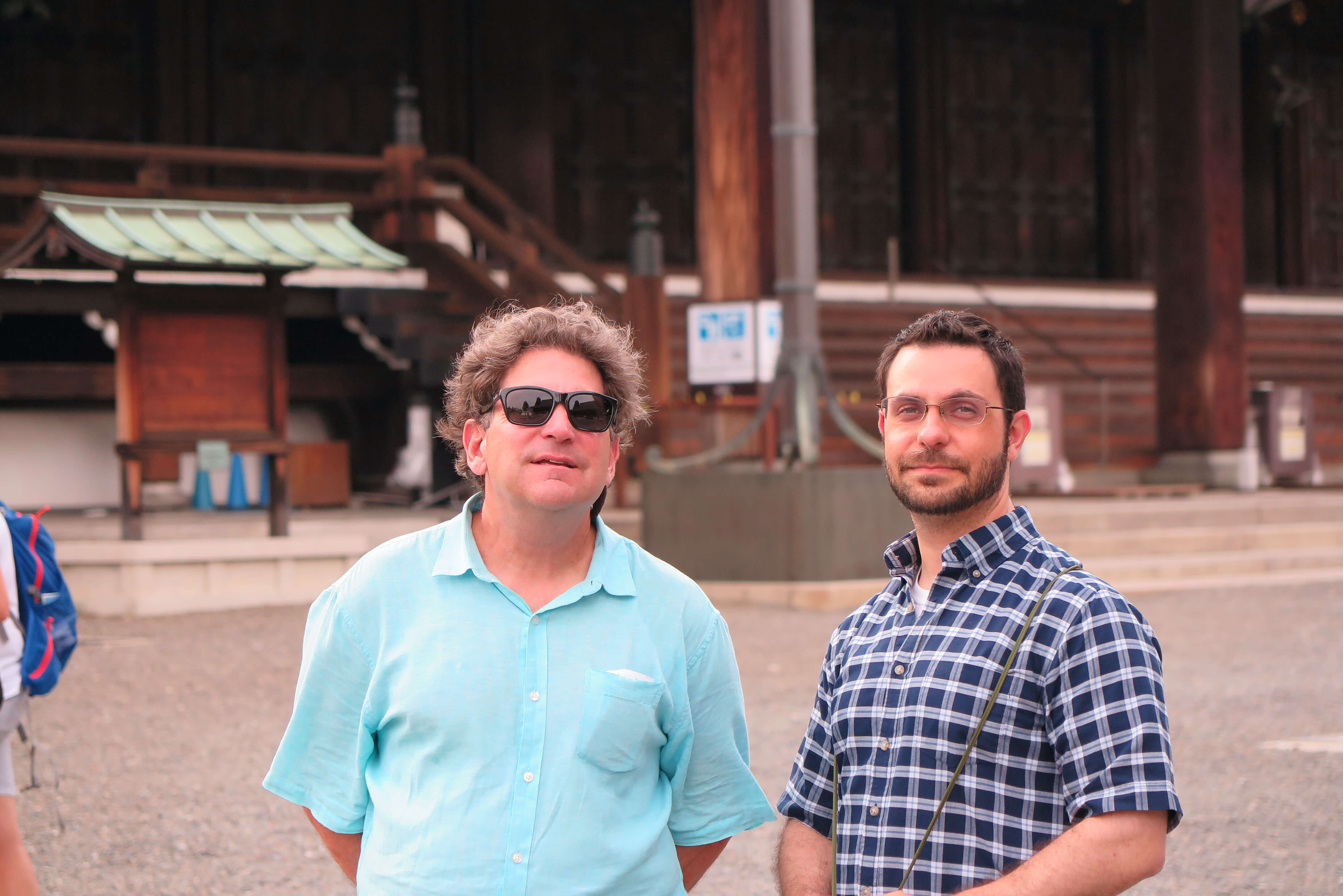
Nearly a half-century ago Locke (1974) recommended the following: “Physical education teachers must provide self-stimulation when their spirits flag, must generate their own suggestions for change when method is inadequate, must devise their own celebrations when difficult tasks are accomplished …” (p.16). That, “I got it” spark is a magic moment for teachers, but it is hard-fought. As educators and leaders, we must endeavor to make that magic both for our students and for ourselves.
References
Bibik, J. (1997). Metaphors for teaching: How health and physical education teacher describe their roles. ERIC Document Reproduction Service No. ED 412 198
Carlson, T. (2001). Using metaphors to enhance reflectiveness among preservice teachers.
Journal of Physical Education, Recreation, & Dance, 72(1), 49-53.
Chen, D. (2003). A classification system for metaphors about teaching. Journal of Physical Education, Recreation, & Dance, 74(2), 24-31.
Dancygier, B. & Sweetser, E. (2014). Figurative language. Cambridge University Press.
Gassner, G. (1999). Using metaphors for high-performance teaching and coaching. Journal of Physical Education, Recreation, & Dance, 70(7), 33-35.
Lakeoff, G. & Johnson, M. (1980). Metaphors we live by. The University of Chicago Press.
Lakeoff, G. & Johnson, M. (1999). Philosophy in the flesh: the embodied mind and its challenge to wester thought. Basic Books.
Locke, L. (1974). The ecology of the gymnasium: What the tourists never see. ERIC Document Reproduction Service No. ED 104 823.
Petiot, O. & Saury, J. (2019). ‘Swim like a knife slipping on fresh cream’ The role of metaphors in struggling students’ engagement with learning activities in physical education. Physical Education & Sport Pedagogy. Vol.???, 1-13.
Ruffolo, C. (2021). It’s not working. PHE America. December.
Sofi, G & Yoncalik, O. (2015). The metaphors that secondary students created for “physical education”. The Turkish Journal of Sports and Exercise, 17(1),96-104.
Strauss,S. & Feiz, P. (2014). Discourse analysis: Putting our worlds into words. Routledge.
Stylianou, M., Hodges Kulinna, P., Cothran, D. & Kwon, J. (2013). Physical education teachers’ metaphors of teaching and learning. Journal of Teaching Physical Education. 32 (1), 22-45.

Nice work dad and son.
Great article with stimulating thoughts for both physical education teachers and coaches about improving instructional delivery.